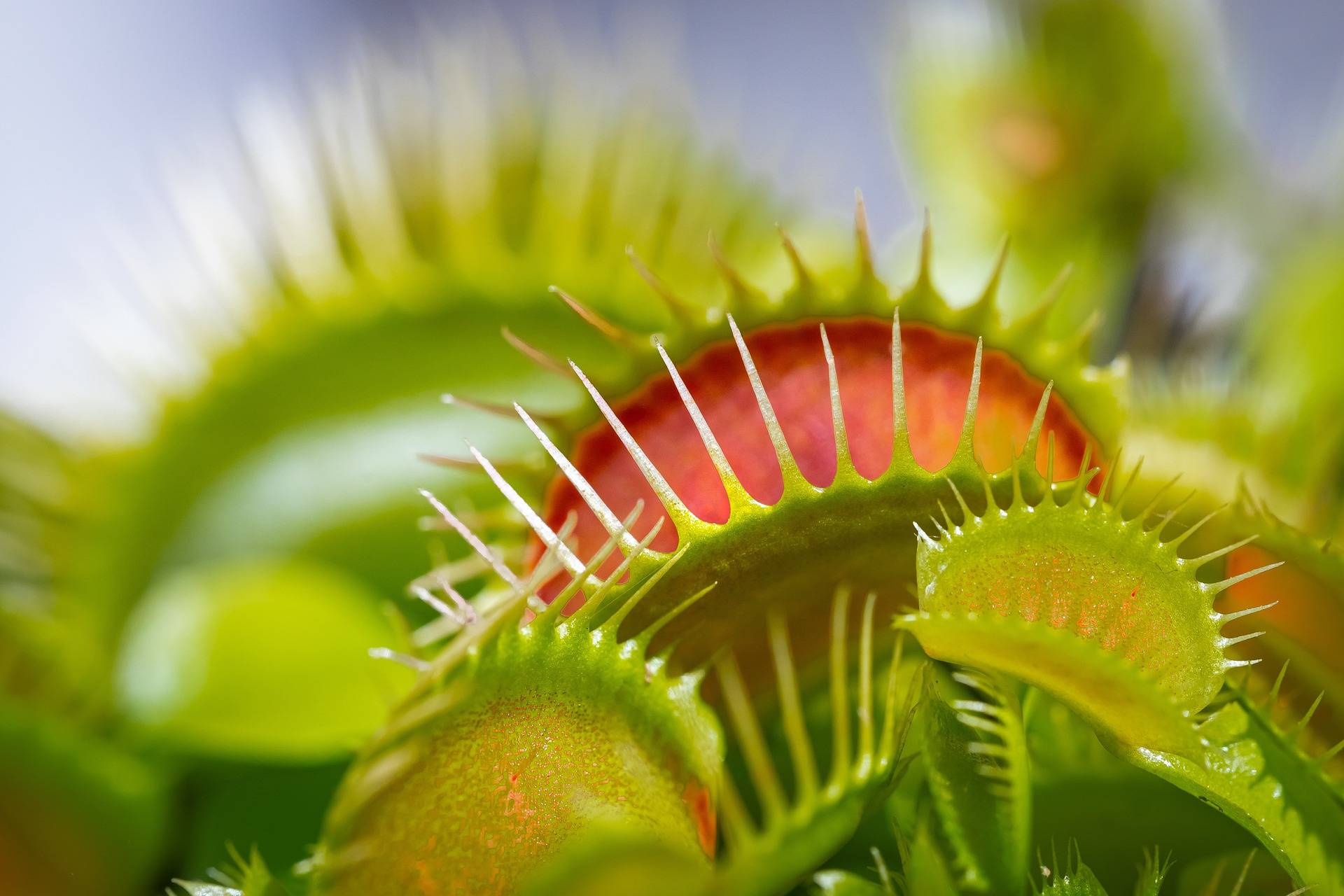
Uncovering the Truth about Lectins: Separating Fact from Fiction
Eating plants is going to kill you. Probably not, but it’s a battle cry you hear in certain parts of the carnivore community.
One of the key leaders in the carnivore movement is Dr. Paul Saladino (Carnivore MD). He hasn’t been a stickler with an all meat diet as in the past.
His diet incorporates honey, rice, sweet potatoes, raw milk and fruit. However, he views various plant compounds as harmful.
Most of these compounds are called anti-nutrients. Oxalates, phytate, goitrogens, phytoestrogens and tannins are the main ones.
Today we’re going to talk about Lectins.
What are Anti-Nutrients?
Most anti-nutrients are natural compounds that reduce the bioavailability of key nutrients founds in proteins, fats, carbohydrates, minerals and vitamins.
There are a few human based lectin studies. Current animal studies show negative effects to the body from high, raw doses. But there are ways to almost eliminate 100% of lectins found in certain plants.
Lectins
Lectins are carbohydrate binding proteins founds in all organisms however higher concentrations are found in grains, legumes, seeds, nuts, fruits and vegetables.
Lectins are plant defense mechanisms against anything that wants to cause it harm - insects, molds, diseases, etc. For humans, it may cause gut issues and inflammation.
However, if you soak, boil, germinate, or ferment the above mentioned foods you will reduce the lectin levels.
Studies show boiling legumes for 1 hour can reduce lectin’s effectiveness between 93% - 99.8%. (1)
Though most legume recipes ask to simmer lentils for 20 - 30 minutes. It’s safe to assume even at 20 minutes you’re still reducing lectin levels.
And fermenting lentils for over 72 hours shows that almost all lectins are destroyed. (1)
Note: Fermentation is a very popular process in the whole food and Dr. Weston Price communities since it may increase nutritional value with certain foods. It takes time versus the quicker cooking method.
Interestingly, microwaves do reduce lectins in legumes but not in beans. I’m sure many readers, like me, rarely use the microwave.

Lectins Harmful Effects
A 2020 study found that high lectin doses in an animal experiment resulted in:
- Impairing the integrity of intestinal mucosa by inducing intestinal permeability and activating the immune system. This compromised the gut’s ability to absorb nutrients. In other words, it caused inflammation in the gut. (1)
The above studies used isolated legume lectins and raw legume flours or white kidney bean flour.
The experiment showed adverse effects in lectins were based on high lectins amounts in raw form. And doesn’t simulate real word scenarios where lectins are consumed in small amounts or cooked.
Lectins a cancer buster?
I was surprised to find early stage studies that lentils may help fight cancer. Lentils love glycans. And glycans are nasty little buggers!
They are released by organisms to evade the body’s immune system. And cancer cells love to use glycans to shield themselves while they cause havoc. (2)
Now think lentils as an attack dog and it loves the scent of glycans.
Studies shows lentils can detect cancer cells by their secretion of glycans. So rather than chemotherapy, which has nasty side effects, a lentil based medication may be able to attach specifically at the cancer cell’s defense system and disengage it.
And we understand each body’s unique DNA structure reacts to food differently. Eating lectin raw in high quantities is not ideal. So you may want to think twice about making a spinach smoothie each day.
However, there are ways to lower the lectin levels through cooking which carnivore supporters don’t talk about.
My Opinion
I understand why people want to stay away from plants. If it has chemicals that defend themselves and creates inflammation to your body, why eat it?
However, if you can cook most of the lectins out and still benefit from the plant’s other nutrients, what’s the issue? Every living thing has defense mechanisms. Plants use chemicals and animals use their claws and teeth.
What makes plants a bit more sophisticated is that they use chemicals that impact our body.
I’ll be more selective on what vegetables to eat by picking ones where I can cook out the lectins.
Plus, I believe during the hunter-gather days, anti-nutrients weren’t a problem because eating a pound of cashews and 10 cups of spinach each day wasn’t normal.
Hunter-gathers were eating seasonally and limited to food availability. Harvesting one pound of cashews takes days versus the 20 minute trip you and I make to Costco. We have an abundance problem.
My Ask To The Readers
As I dive deeper into antinutrients I will probably make a few missteps and happy to get feedback. Please reach out if I do.
References
- https://www.ncbi.nlm.nih.gov/pmc/articles/PMC7600777/
- https://www.ncbi.nlm.nih.gov/pmc/articles/PMC7245692/
